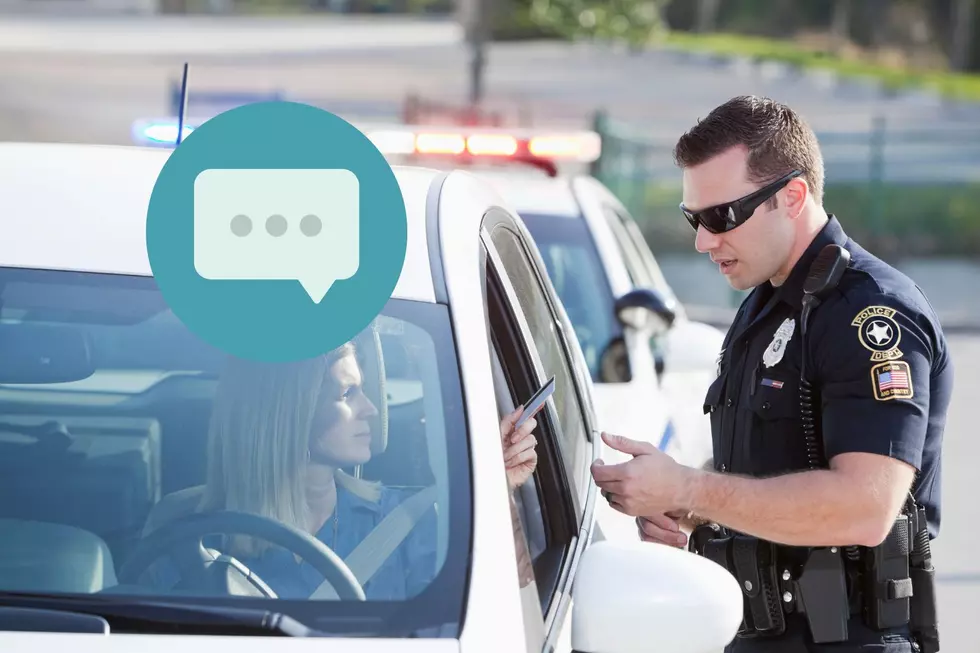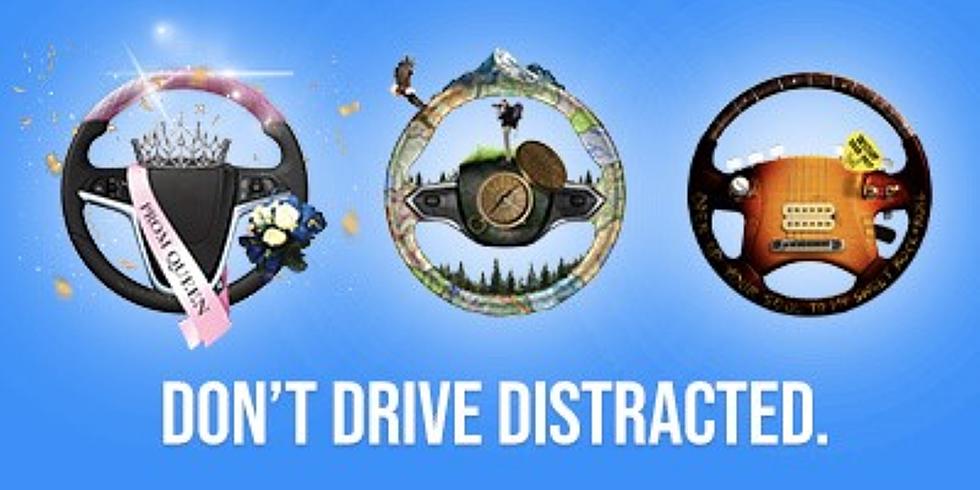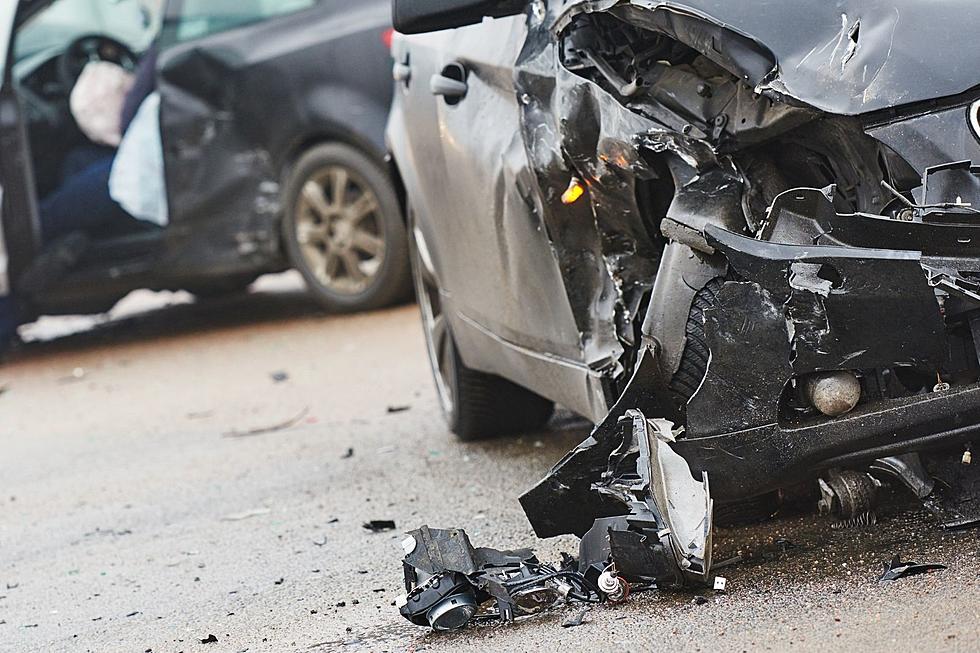
Teen drivers playing with apps a bigger problem than texting, study finds
The dangers of texting while driving are well known, but a just-released study finds there’s a new problem that’s even more widespread among younger drivers and just as dangerous .
Research conducted by Liberty Mutual Insurance and SADD, Students Against Destructive Decisions, finds while 27 percent of teens continue to text while driving, about 2 out of 3 admit they’re using apps while operating a motor vehicle to look at and post messages on Facebook, or use things like YouTube, Snapchat, Twitter, Instagram and Pokemon Go.
When teens were asked to rank driving behaviors that are most dangerous, most of them said looking at or posting to social media apps is less dangerous than texting or consuming alcohol while driving.
“The results of the study are scary,” said teen driving expert Pam Fischer, a member (and former Director) of the New Jersey Teen Safe Driving Coalition.
According to the National Highway Traffic Safety Administration, out of the 783 driver deaths reported in 2014, the most recent year for which data is available, 181 driver deaths were attributed to distracted driving, including using a cell phone or eating while driving. Distracted was the second-leading cause of driver fatalities that year, after careless driving.
That was a increase of deaths from 2013, when 93 driver fatalities were attributed to distracted driving. That year, distracted driving was the third-leading reported factor after failure to maintain lane (143) and speeding (104).
“It’s very concerning because we know how risky it is for new drivers, no other age group on the road has such a high crash risk, they’re more likely than any other group to crash, they’re inexperienced and their brains are wired differently than adults, they don’t see things as risky as someone that’s got more experience,” she said.
Fischer believes there’s definitely a disconnect at play here.
“What’s happening is teens are really good at using social media very quickly and they may say well it’s only taking me a matter of a second or 2 or 3 to do this, but what they fail to recognize is that there are very bad things that can happen in that 1, 2 or 3 seconds when they’re behind the wheel,” she said. “They’ve got to be focused on driving and processing what’s going on around them so they can react accordingly.”
“Many teens say, 'Well, I’ve never had a problem, I’ve done it.' They haven’t had a problem today but they may have a problem tomorrow because the driving environment, what’s on the road is changing constantly. We need teens to understand that even though they’re very good at this manipulation and this quick glance or whatever, it may be that next time that something really, really bad can happen.”
Fischer said parents have a great influence on their teens' behavior behind the wheel.
“Parents can’t stop talking and reinforcing the importance of keeping total focus on driving, and parents have to be positive role models and not be on their phones as well when they’re driving, they have to practice what they preach.”
She also stressed teens need to reach out to each other.
“They can say you know I don’t like driving with you when you are using your phone, this is peer to peer,” she said. “Positive peer pressure can make a huge difference and teens do listen to each other.”
Fischer added driver education programs must also stress the importance of this.
“Our driving instructors should be asking what’s it mean to take your eyes or your mind off the road for a second or two? How does that impact your ability to react? These are the things we have to keep doing,” she said.
Distracted driving deaths in New Jersey
2014 — 181 out of 783 deaths attributed to driver distraction
2013 — 93 out of 745 deaths attributed to driver distraction
2012— 109 out of 816 deaths attributed to driver distraction
2011 — 100 out of 872 deaths attributed to driver distraction
2010 — 81 out of 792 deaths attributed to driver distraction (government includes cell phones as a cause for distracted driving for the first time)
2009 — 290 out of 825 deaths attributed to inattentiveness
2008 — 245 out of 802 deaths attributed to inattentiveness
2007 — 321 out of 948 deaths attributed to inattentiveness
Amid a growing concern with distracted driving, federal data indicates that fewer drivers in New Jersey have died as a result of distracted driving in recent years than in 2007, when 321 deaths were attributed to inattentiveness, or 2008, when 290 deaths were attributed to inattentiveness.
But Fischer believes the numbers don’t reflect what’s really going on.
“We know the impact of cell phones when it comes to crashes is grossly under-reported. Recent research by the AAA Foundation for Traffic Safety shows crashes and near-crashes involving teens are much higher than are being reported," she said. "The data we have is not giving us a true picture of what’s going on. Recent studies show we’ve got a lot of people out there on their phone, teens in particular, which is increasing the crashes for everybody out there.”
Contact reporter David Matthau at David.Matthau@townsquaremedia.com
More From New Jersey 101.5 FM









